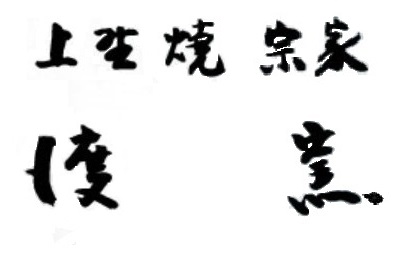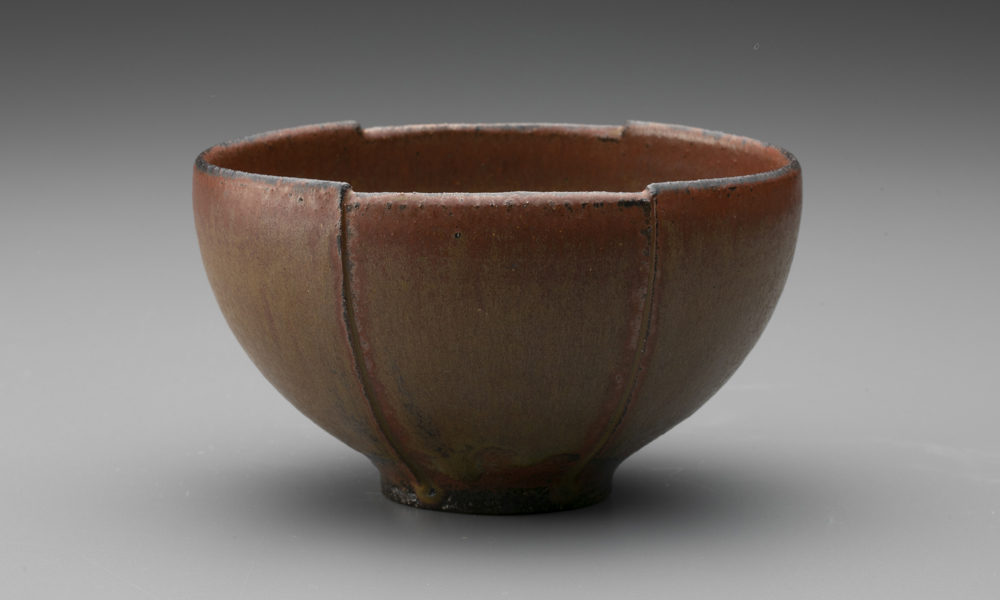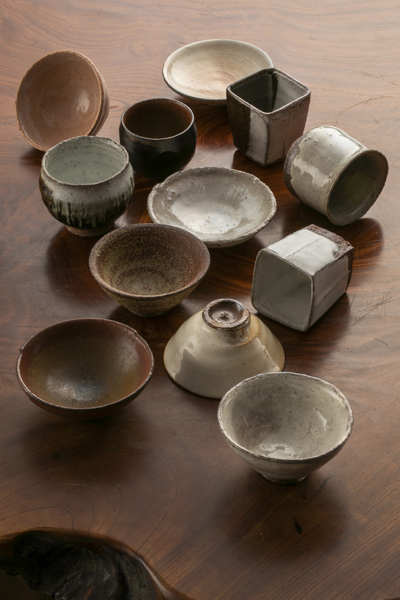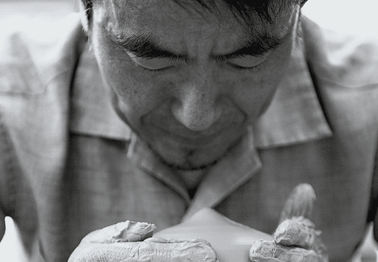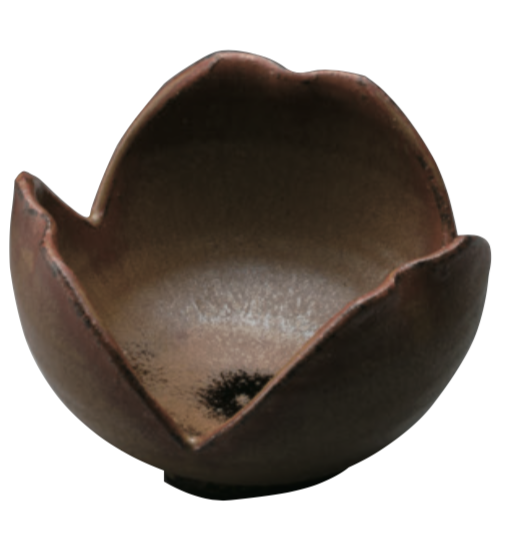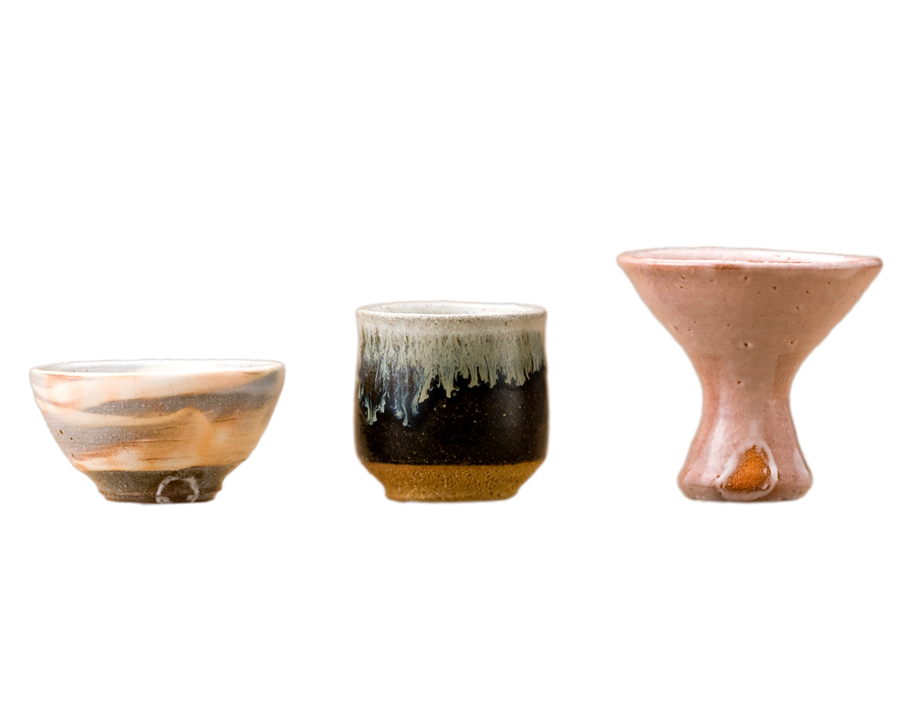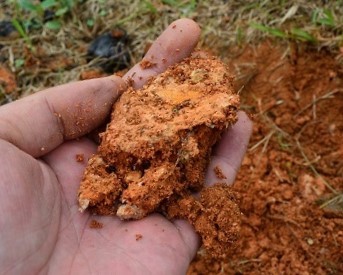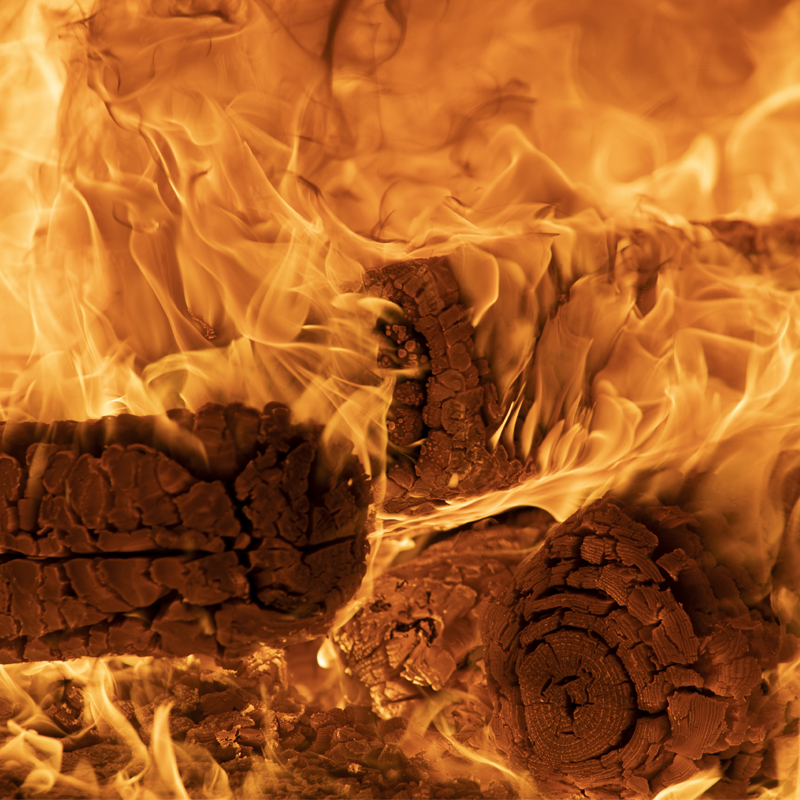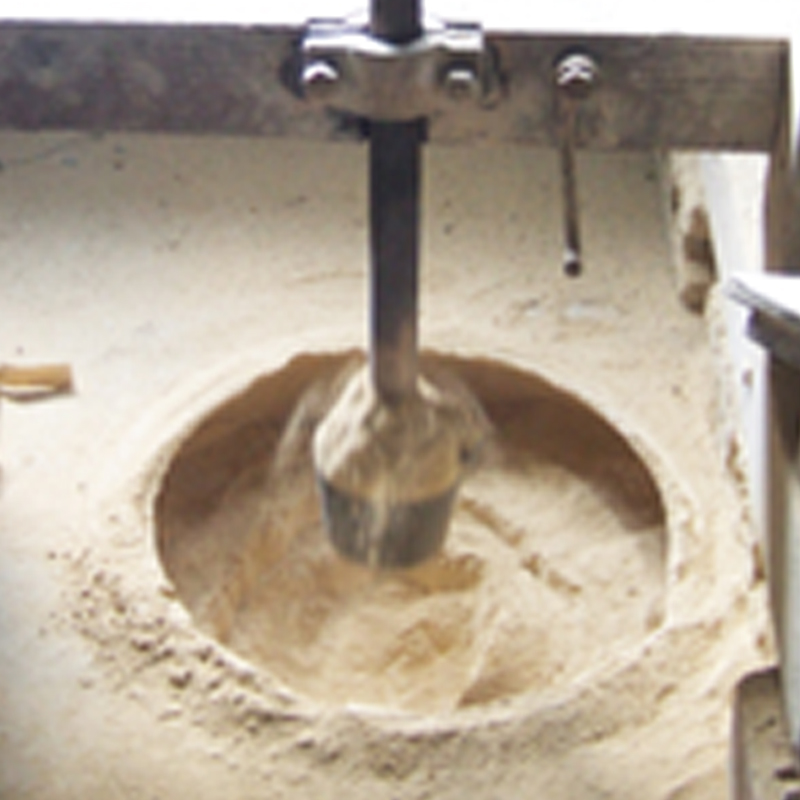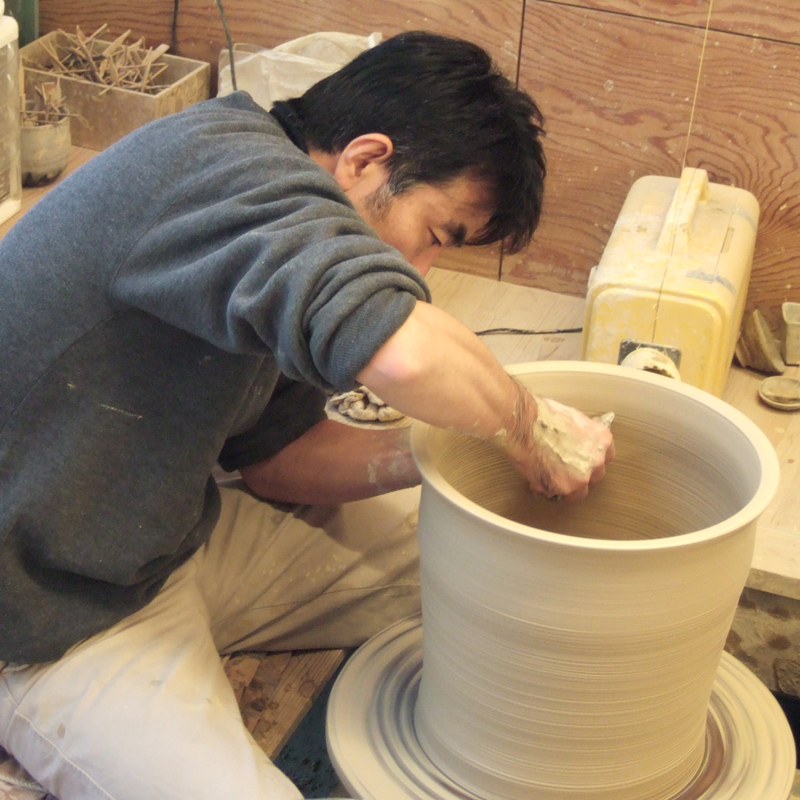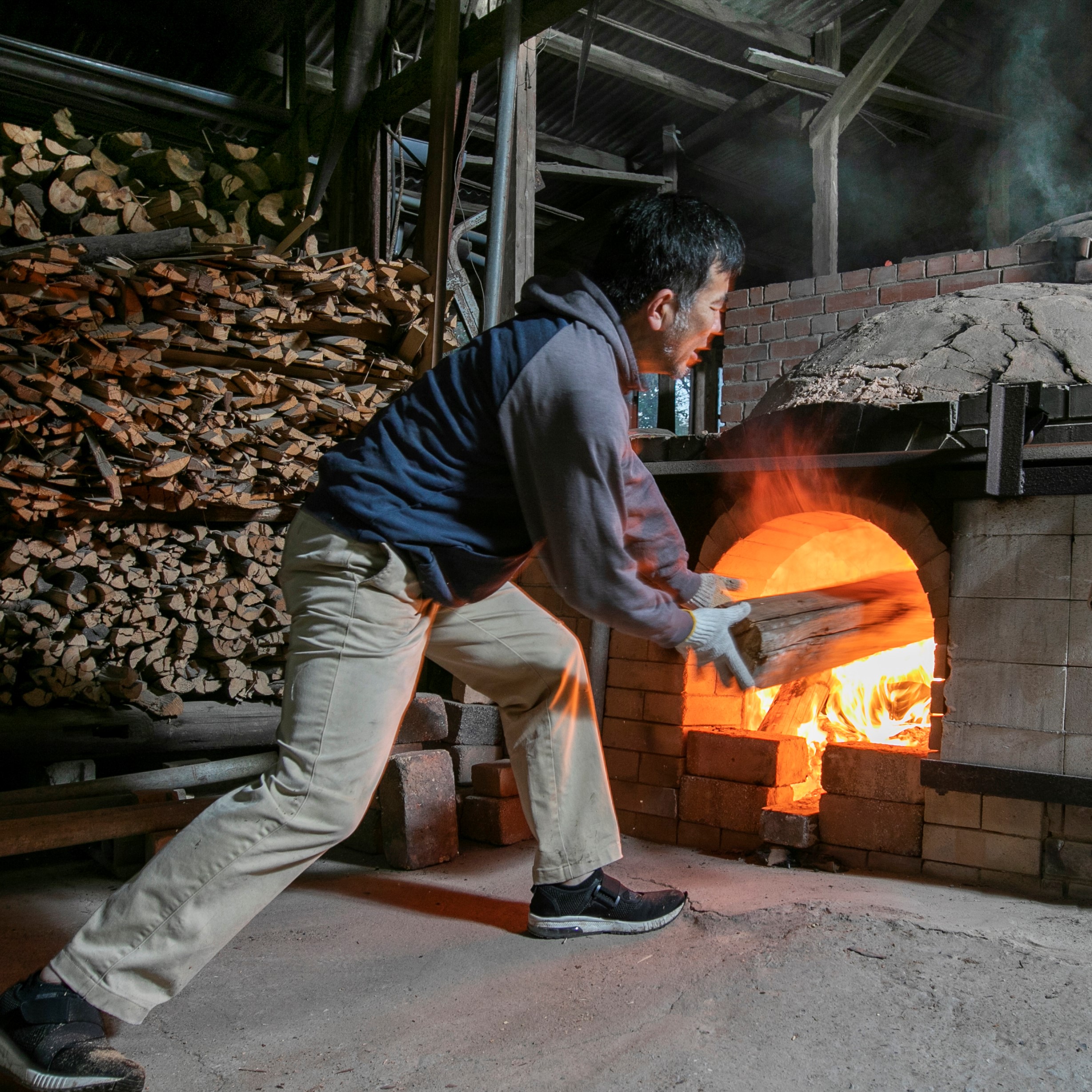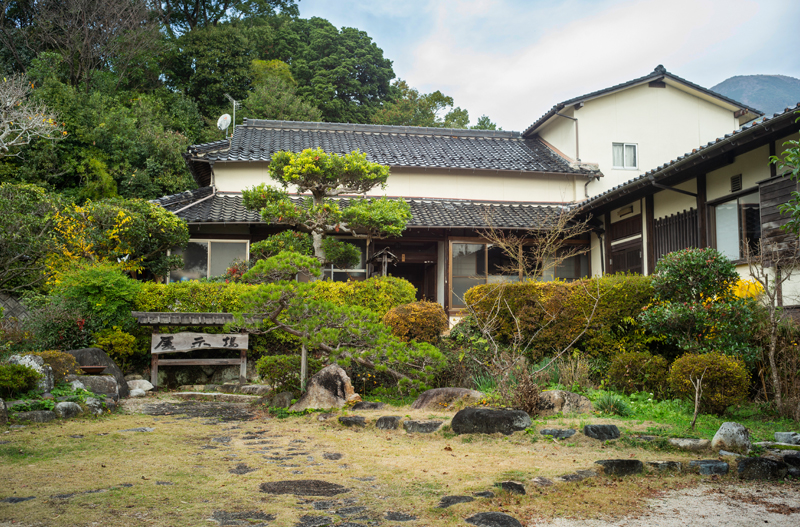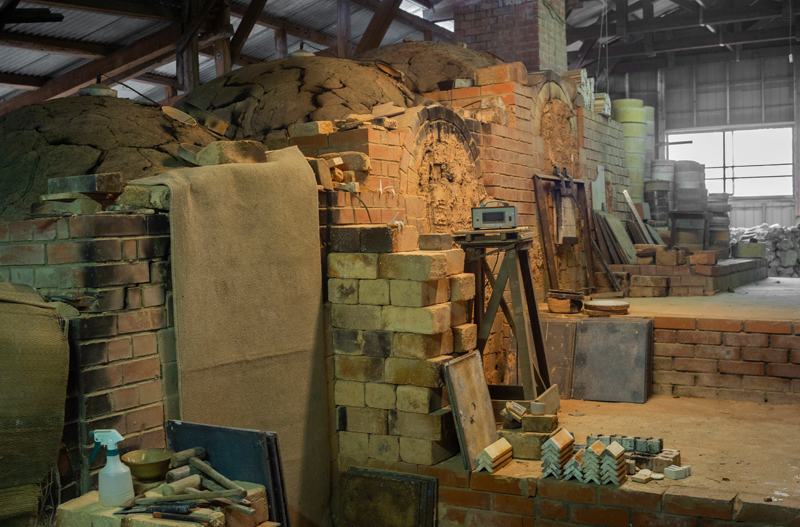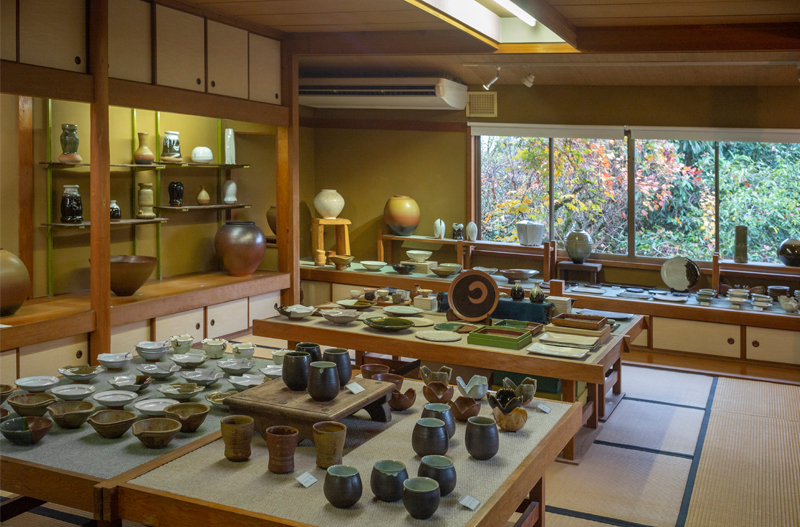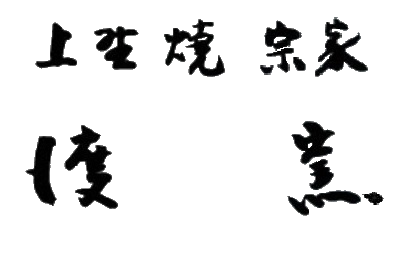Feudal Lord Hosokawa Tadaoki
opened this kiln as a public tea pottery kiln
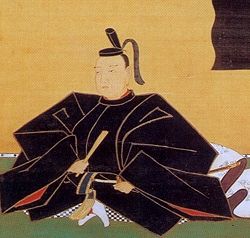
Reference : Wikipedia
Aganoyaki, when Totoyomi Hideyoshi came back from Korea(Japanese invasion of Korea)he invited korean style potter Sonkai - first founder , so Hosokawa Tadaoki opened kiln as a public Tea pottery kiln. Sonkai changed his name to Agano Takakuni after this place name , and he kept serving exclusive tea ceramics to Hosokawa Tadaoki who was one of seven disciples of Sen no Rikyu. After that Sonaki moved to Kumamoto following his feudal lord Hosokawa but Totoki Magozaemon(Sonkai's second son) and Watari Kyube (Sonkais son in law)stayed in Agano and kept serving to new feudal lord Ogasawara in Sarayama Kiln(Agano).
Early period of Aganoyaki's Kamanokuchi kiln
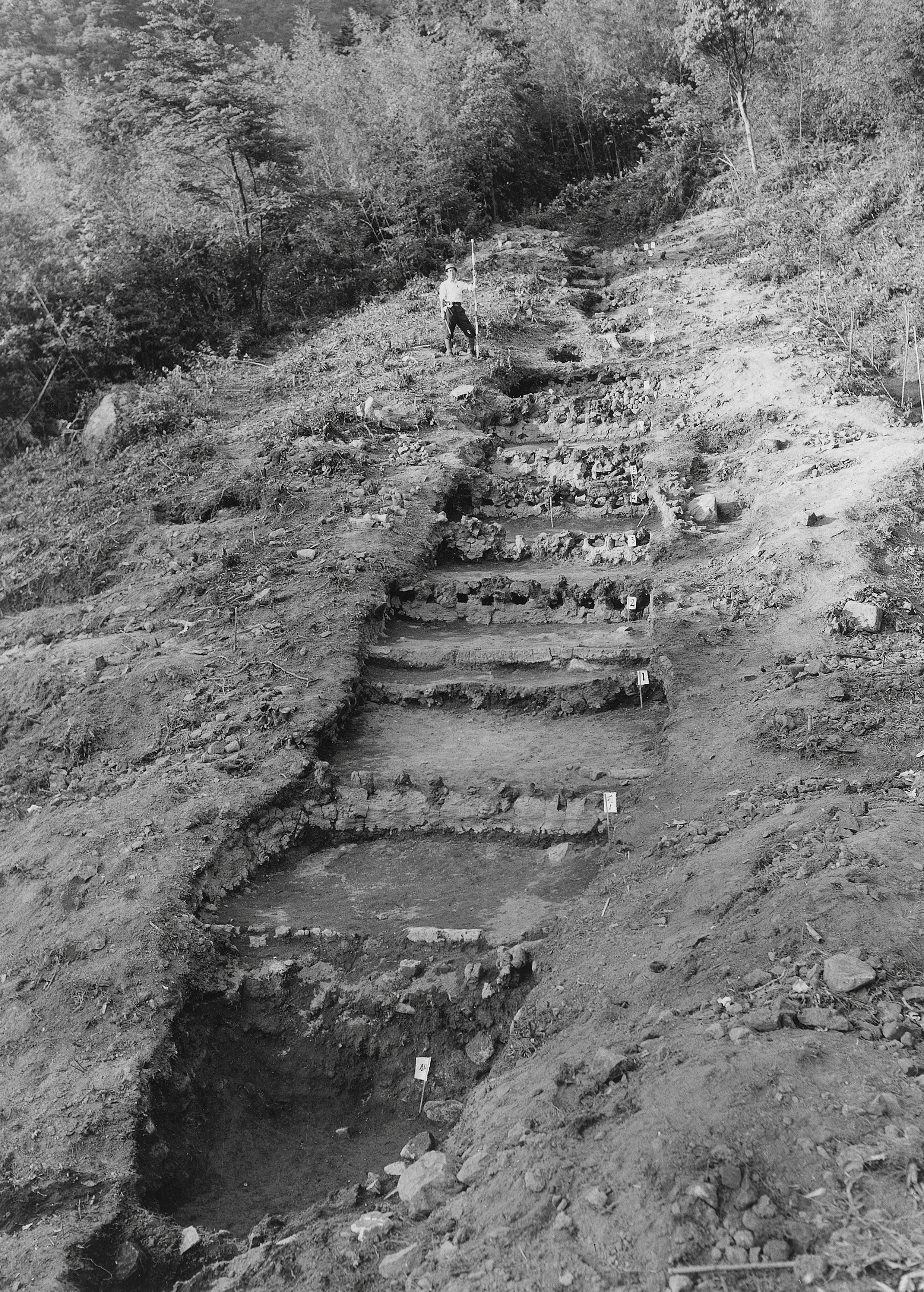
Reference : Wikipedia
Kamanokuchi kiln is the first ascending kiln built in Agano. The length of 41 meters was the largest scale in Japan. This days its be eroded by bamboo and grass so it is necessary step to preserve cultural properties including kiln remainsand surrounding living area.
Relationship between tea ceremony and Christianity
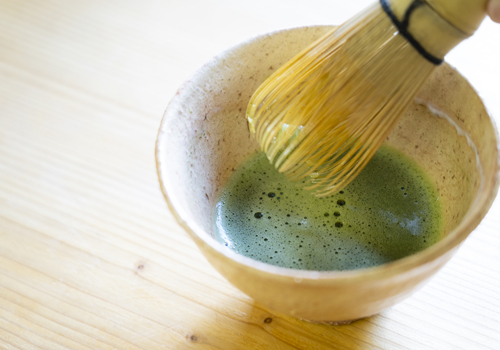
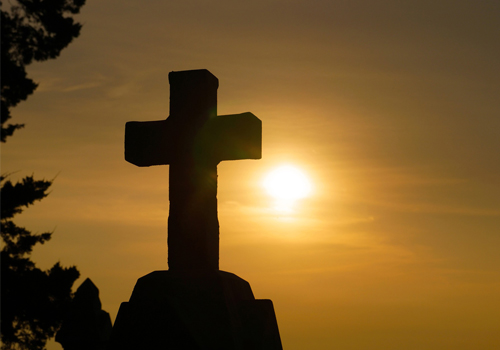
There's some speculations that in traditional Japanese culture - some practices of tea ceremony has been influenced by christianity and has few things in common. One thing is that Tea ceremony and christianity was spread in the same time. Takayama Ukon, Makimura Hyobu, Gamo Ujisato were Sen no Rikyu Christian seven desciples called "Rikyu Shichitetsu" and seems like Furuta Oribe and Hosokawa Tadaoki were christians as well. Tadaoki's wife, Hosokawa Gracia was a famous Christian, and a tea room was also built inside the church in Kokura by Tadaoki to commemorate Gracia.
Christianity that influenced the tea ceremony ①
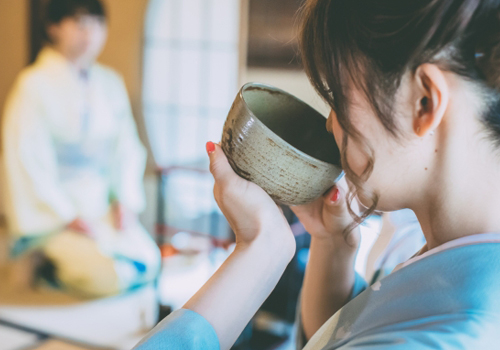
Tea ceremony
Passing arround the tea cup (green tea)
Sen no Rikyu established passing around tea cup custom (dense green tea), so tea was drank little by little and passed around to next customer. In Japanese culture with a certain sense of distance from others, this is quite unusual, but by sharing one tea cup, we can share same values.
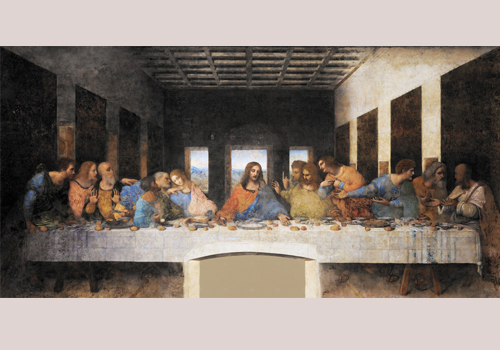
Reference : Wikipedia
Christians
Last supper
In Christianity last supper is regarding to bread as "body of Christ", wine as "blood of Christ" and was given to Christ disciples. Sen no Rikyu reflected this idea in the tea ceremony because it is the most important act of sharing "same values" by everyone.
Christianity that influenced the tea ceremony②
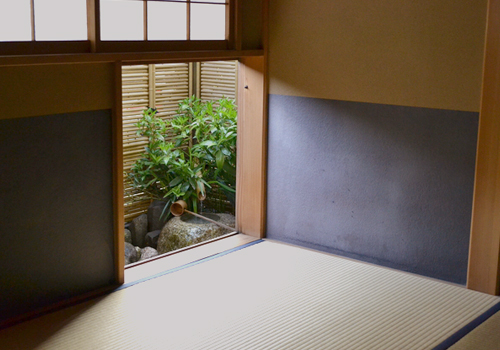
Tea ceremony
crawl-through doorway
In Japan at that times when
hierarchical relationships we
re very strict, entering tea
room through very small door
with katana was impossible so
this made enviroment where ev
eryone was equal.
By doing so, it became a place
that is beyond the status
differences and very easy to
share same values.
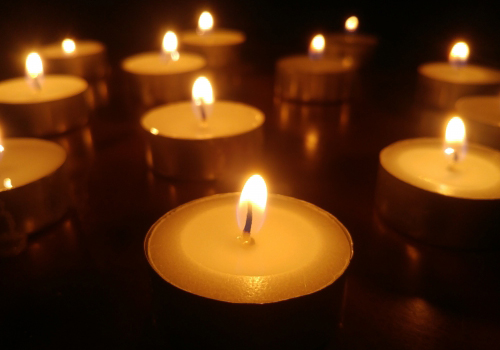
Reference : Wikipedia
Christians
Entering through narrow gates
"Entering through narrow gates" means that you can not pass through the gate of heaven while holding the things of this world such as property, status, fame, weapons. It means that those who tossed them away can entered narrow path leading to heaven. "Crawl-through doorway" in the tea ceremony faithfully embodies this idea.
Ceramic mask that appeared from traces of 400 years old klin.
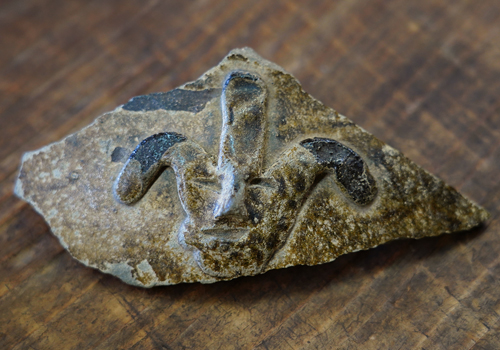
Baphomet ?
(One of the famous Christian demons)
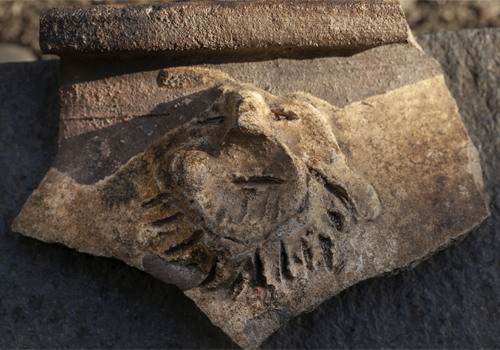
Moses?
(One of the most important prophets in Christianity)
From the Kamanokuchi kiln trace (1602 to 1632), three ceramic mask were excavated in the same place. From the shape of the face that doesn't look like an Oriental, from the three corners of the head and the beard, brings speculations that it is a Prophet Moses, an angel Michael or a demon Baphomet. It is imagined that it was attached to the same body vessel based on the Christian tale and that it was used for missionary work. Perhaps it was a vessel that is showing crying for help from the strict suppression of that time administrator as a message "God is my only Judge".
Priest and Agano Potter
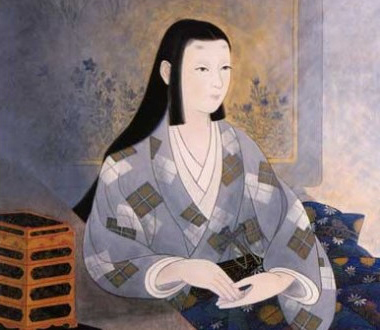
Hosokawa Gracia
Reference: Warring state busho study group
Hosokawa Tadaoki's wife Gracia was baptized by a spanish Jesuit pirest Gregorio Céspedes that she met in Osaka. This Jesuit priest was mour- ning after Gracia's death. Tadaoki to return - this favor hide the priest under the Kokura ca stle. In Kokura castle there is a Saienjo kiln that is said to be a kind of pottery event mad -e for the feudal lord, and he frequently brou -ght pottery from Agano. Tadaoki built a churc -h for the priest, and there is even a tea roo -m inside. So the tools used in the tea ceremo -ny were could be made ?
Christian heritage surrounding Agano①
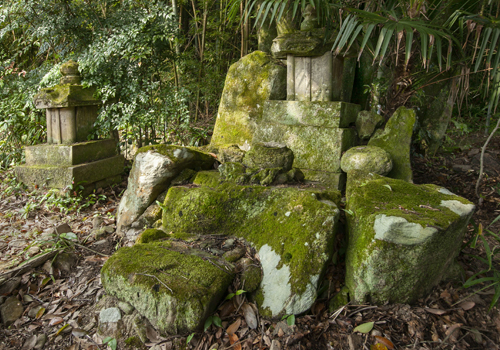
The (Christian)grave of Kagayama Hayato?
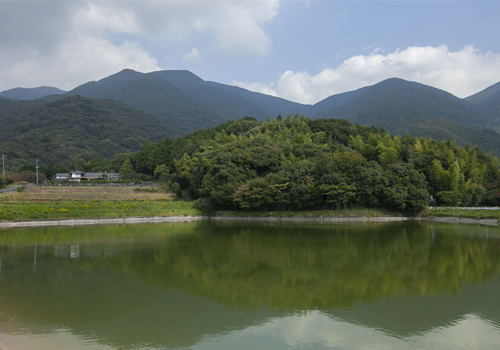
Cruz pont that has been called holy land by locals
The grave which is seems to belong to Hayato Kagayama who was very close Chefs retainer of Tadaoki is placed in the upper village from Agano where is now standing peacefully. After Hayato died his grave was built in Agano - place of his doughter home arrest (who was a christian). Also, from the Cruz pond, where related to christianity relics were excavated you can imagine that many hidden Christians lived quietly in the surrounding area.
Christian heritage surrounding Agano②
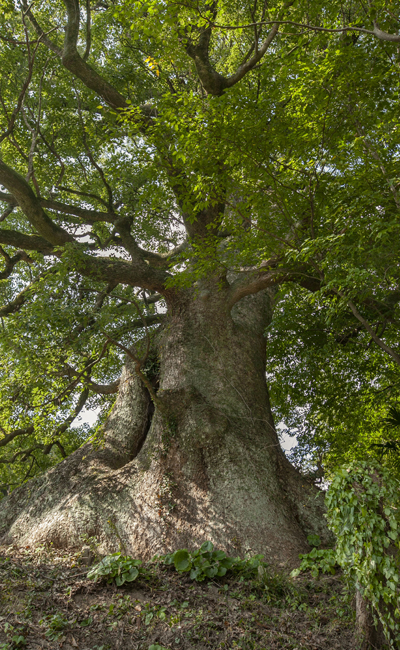
Koganji temple where "fumie'(stepping on picture) was done
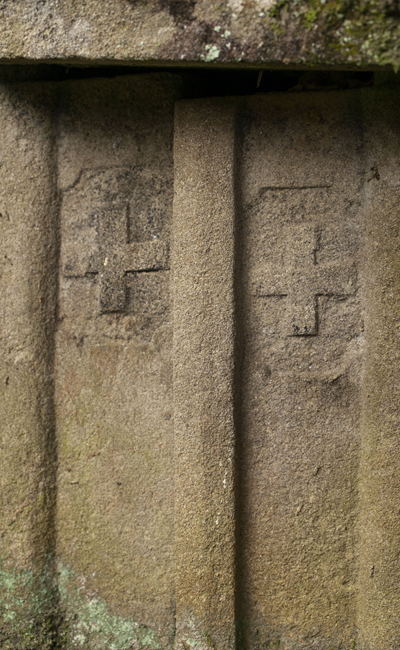
Grave of Hayato Kagayama (up)
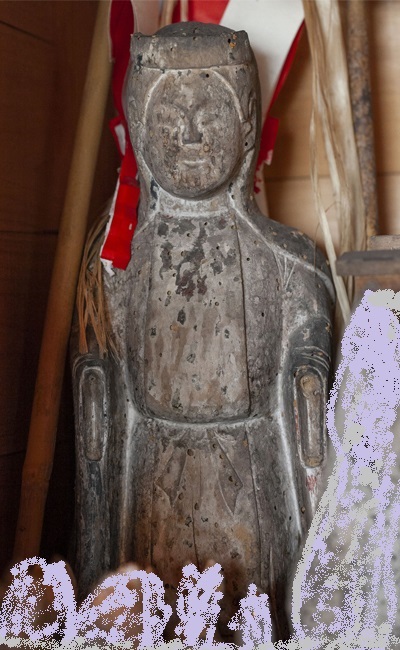
Is it possible that from elbow the upper part was detachable and it represents
a statue of Kannon and Mary ?
In Koganji temple stepping on sacred pictures was done. Picture tram -pling is a method of disgracing the picture of Jesus Christ to disco -ver the Christian believers that the Edo Shogunate banned at the tim -e. Also, the Kannon statue of the wooden sculpture with no part abov -e the elbow is considered to be the image of Mary holding baby Jesus in her arms.
